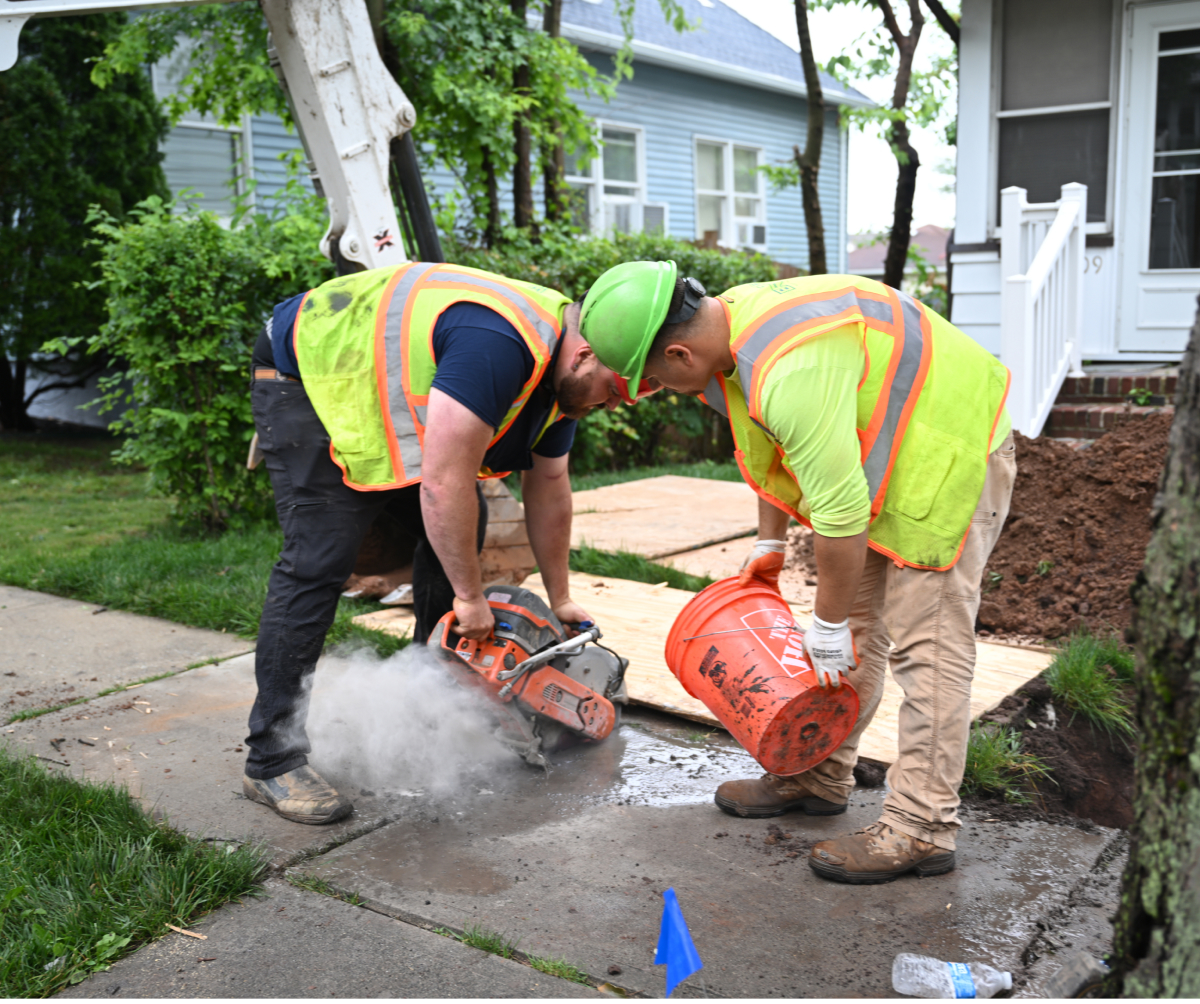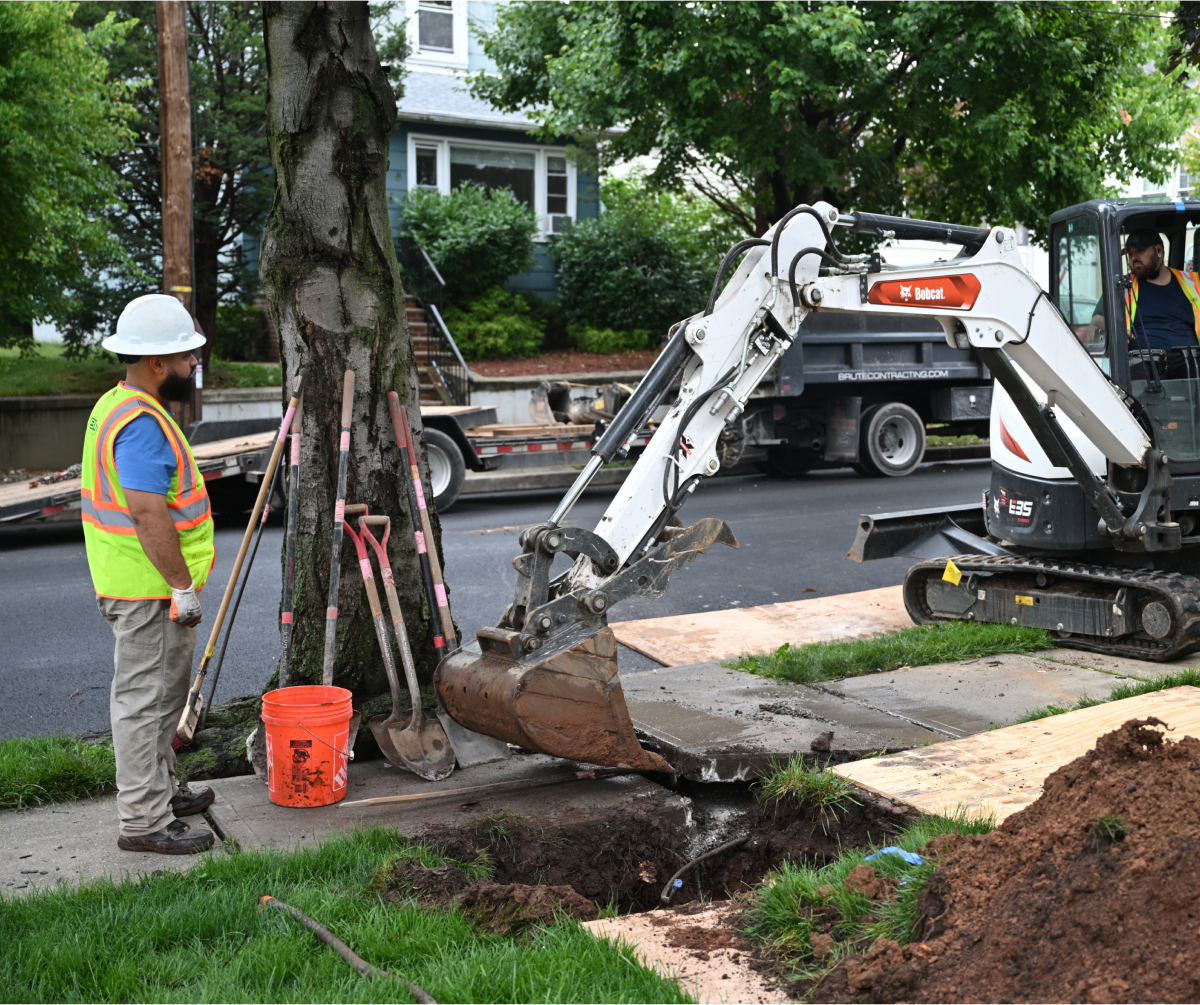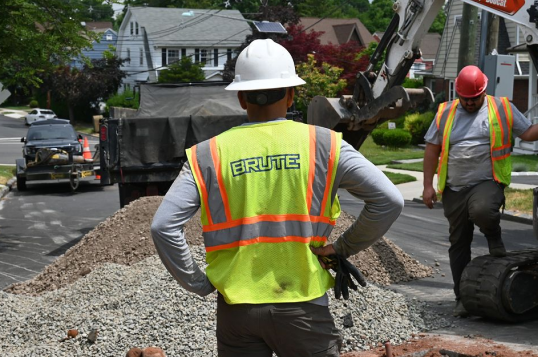Sewer Line Replacement Services
In New Jersey
New Jersey’s Leading Water Main & Sewer Contractors
Services
Sewer Line Replacement in New Jersey
Are you dealing with sewer line problems? Don’t allow a damaged sewer line to cause further inconvenience or damage to your property. At BRUTE Contracting, we recognize the critical role a properly functioning sewer system plays in your residential home or commercial property. Request a free assessment for a sewer line replacement in New Jersey, call us at (201) 581-3740
BRUTE Contracting offers top-notch sewer line replacement services in New Jersey. Their expertise and dedication to quality workmanship ensure that your sewer line is replaced efficiently and effectively. Whether you're facing issues with clogs, leaks, or old deteriorating pipes, BRUTE Contracting has the knowledge and tools to handle the job with precision. Their team of professionals understands the importance of a well-functioning sewer system and will work diligently to provide you with a reliable solution. Trust BRUTE Contracting for all your sewer line replacement needs in New Jersey.
Why Choose Us
Leading Water & Sewer Contractors In New Jersey
The advantages of choosing the water main and sewer contractors at BRUTE Contracting:
![]()
We pride ourselves on delivering 100% satisfaction guaranteed, ensuring our clients receive exceptional results and unmatched service every time.

Our dedication to excellence and client satisfaction has earned us a stellar reputation, reflected in our consistent 5-star reviews on Google.
![]()
We use state-of-the-art commercial equipment for all our water and sewer main services, ensuring efficient, reliable, and high-quality solutions.
![]()
We are a family-owned and operated business dedicated to providing personalized and attentive service to each of our clients in New Jersey.
![]()
Brute Contracting offers a free sewer and water main consultation to evaluate your needs and provide expert solutions tailored to your project.

Brute Contracting's contractors are fully licensed and insured, ensuring professional and reliable sewer & water main services in New Jersey you can trust.
![]()
With 20 years of experience in the sewer and water main industry, We deliver expert services and solutions backed by decades of knowledge and skill.
![]()
Our team at Brute Contracting consists of reliable professionals who deliver top-rated sewer & water main services and ensure client satisfaction.
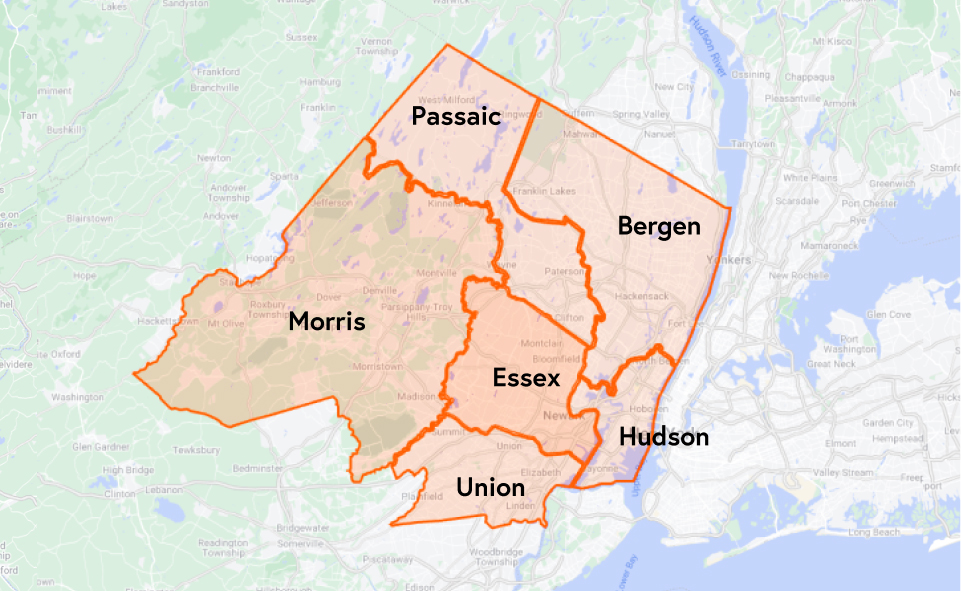
Locations
Locations We Serve
We are proud to service residential & commercial customers in the following counties:
Follow Us
See Our Work On Instagram
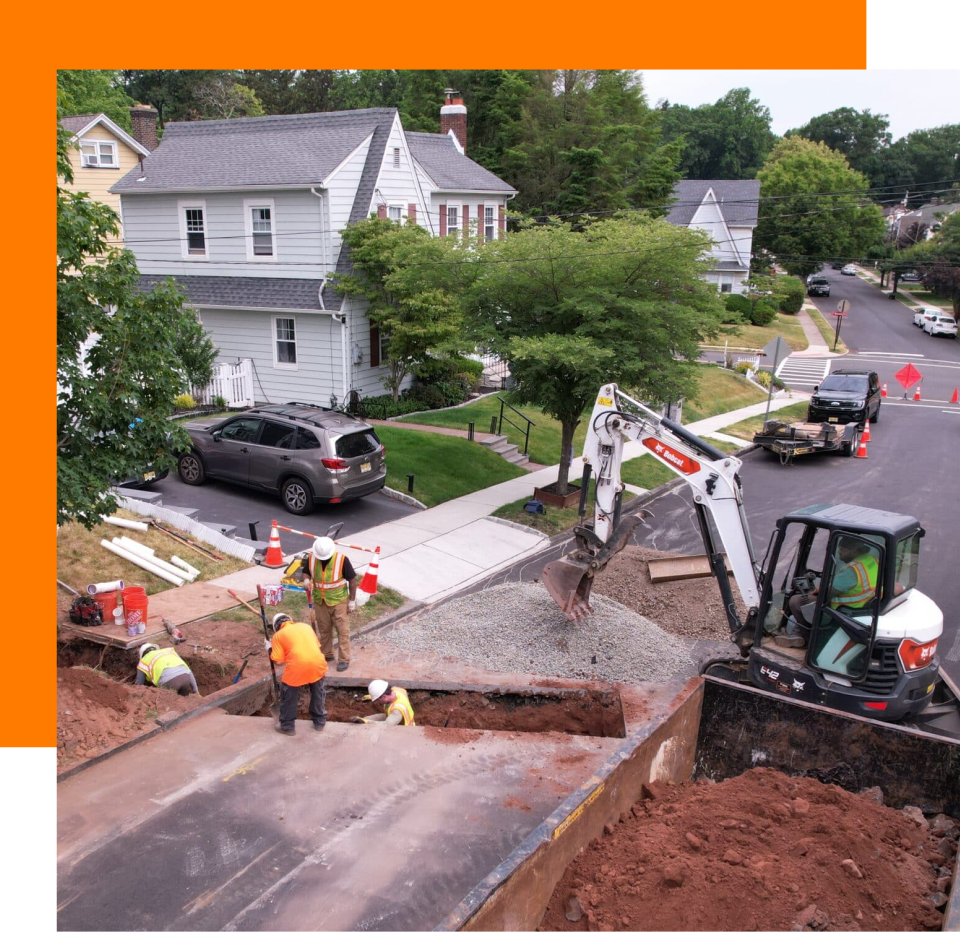
Testimonials
What Our Clients Say
Get In Touch

